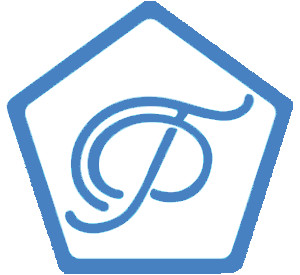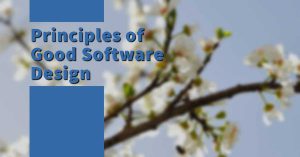The Software Development Life Cycle (SDLC) is a well-established process software engineers follow to create high-quality software. With the ever-evolving technology landscape, engineers are constantly seeking ways to streamline and enhance their development process. One such innovation that has gained prominence in recent years is Generative AI (GenAI for short), a technology that can significantly impact various stages of the SDLC. In this blog post, we will explore how Generative AI can assist software engineers throughout the SDLC and provide valuable insights into its applications.
Requirements Gathering
The first stage of the SDLC is requirements gathering, which involves understanding the project’s objectives and capturing the client’s needs. Generative AI can aid in this phase by automatically generating detailed documentation based on initial discussions and conversations. By analyzing input data, it can produce clear and structured requirement documents, reducing the chances of misunderstandings and miscommunication between developers and stakeholders.
Design and Planning
In the design and planning phase, software engineers create architectural blueprints and make crucial decisions about system design. Generative AI can assist by generating design suggestions based on best practices and previous successful projects. This can save time and effort while ensuring the final product is well-structured and efficient.
Coding and Development
During the coding and development phase, engineers write and test the code. Generative AI can be a valuable asset by automatically generating code snippets or suggesting improvements to existing code. This can enhance code quality, reduce human error, and speed up development processes. It is particularly beneficial for repetitive tasks and commonly used algorithms.
Testing and Quality Assurance
Quality assurance is a critical part of the SDLC, and Generative AI can play a significant role here. AI-driven testing tools can automatically generate test cases, predict potential defects, and even automate the testing process. This not only accelerates the testing phase but also improves the overall quality of the software by identifying issues that might be overlooked by manual testing.
Debugging and Issue Resolution
When issues and bugs are discovered, engineers need to resolve them promptly. Generative AI can assist in this stage by analyzing error logs and suggesting potential solutions. It can also help identify patterns and root causes of recurrent issues, allowing engineers to make informed decisions for long-term solutions.
Documentation and Knowledge Transfer
Proper documentation is vital for maintaining and evolving software systems. Generative AI can aid in generating technical documentation and user manuals, ensuring that knowledge transfer is efficient and comprehensive. It can also assist in creating training materials for new team members, reducing the learning curve.
Deployment and Maintenance
Once the software is ready for deployment, Generative AI can help automate the deployment process, ensuring a smooth transition from development to production. Additionally, AI-driven monitoring and alert systems can assist in proactive maintenance, helping to identify and resolve issues before they impact users.
Conclusion
Generative AI is a powerful tool that can significantly benefit software engineers throughout the entire Software Development Life Cycle. From requirements gathering to deployment and maintenance, AI can automate various tasks, improve code quality, and streamline processes. While Generative AI has the potential to revolutionize software development, engineers need to use it wisely and in conjunction with their expertise.
As software engineers continue to embrace AI technologies, it is crucial to strike a balance between automation and human decision-making. By harnessing the capabilities of Generative AI, software engineers can save time, enhance quality, and improve collaboration with stakeholders. As AI technologies continue to evolve, they will become even more integral to the SDLC, ultimately leading to more efficient and innovative software development.
Examples
Some GenAI tools that can help are aqua, notion, tara AI, writeMyPrd [1]. Disclosure: no affiliation to any of them.
References
- [1] 5 AI requirements management tools you can’t ignore by acqua
- [2] 11 Best Generative AI Tools and Platforms by turning
- [3] Effective software testing by PentaTech





